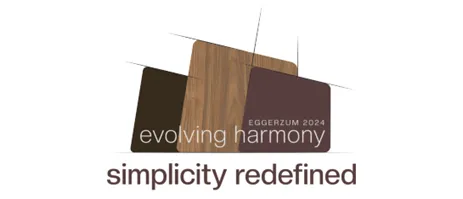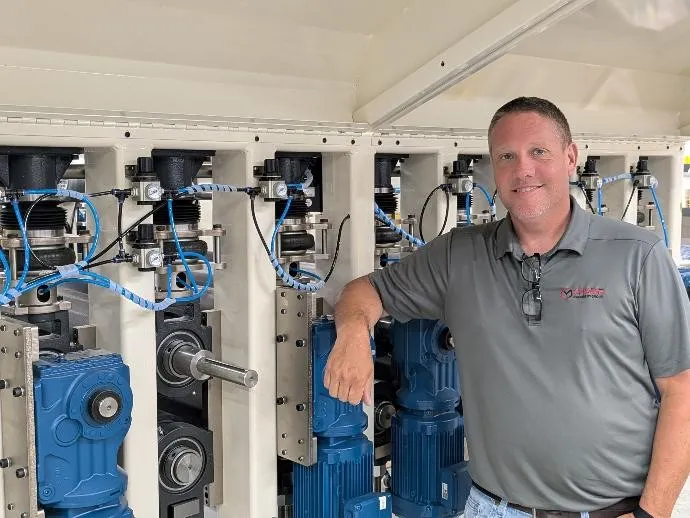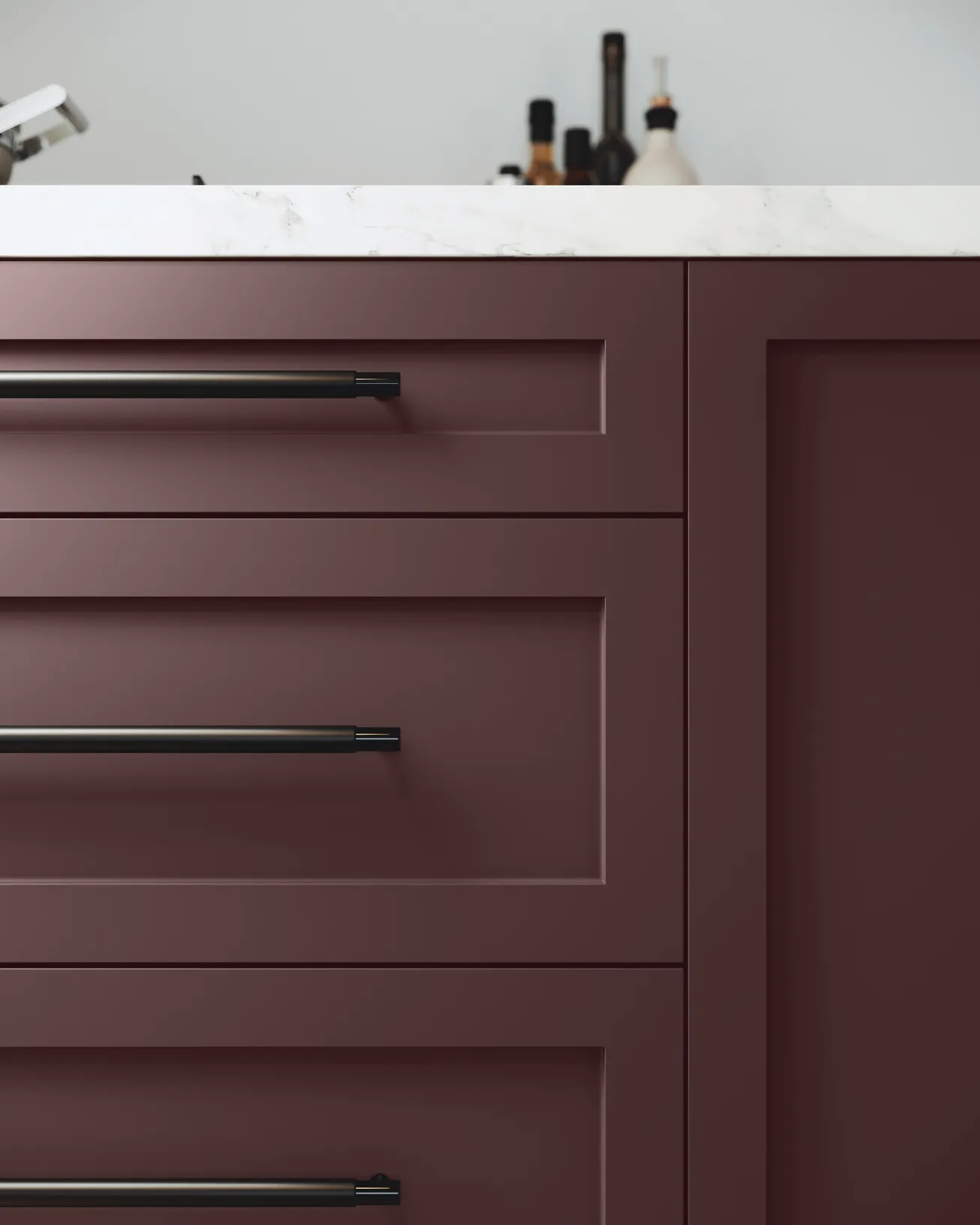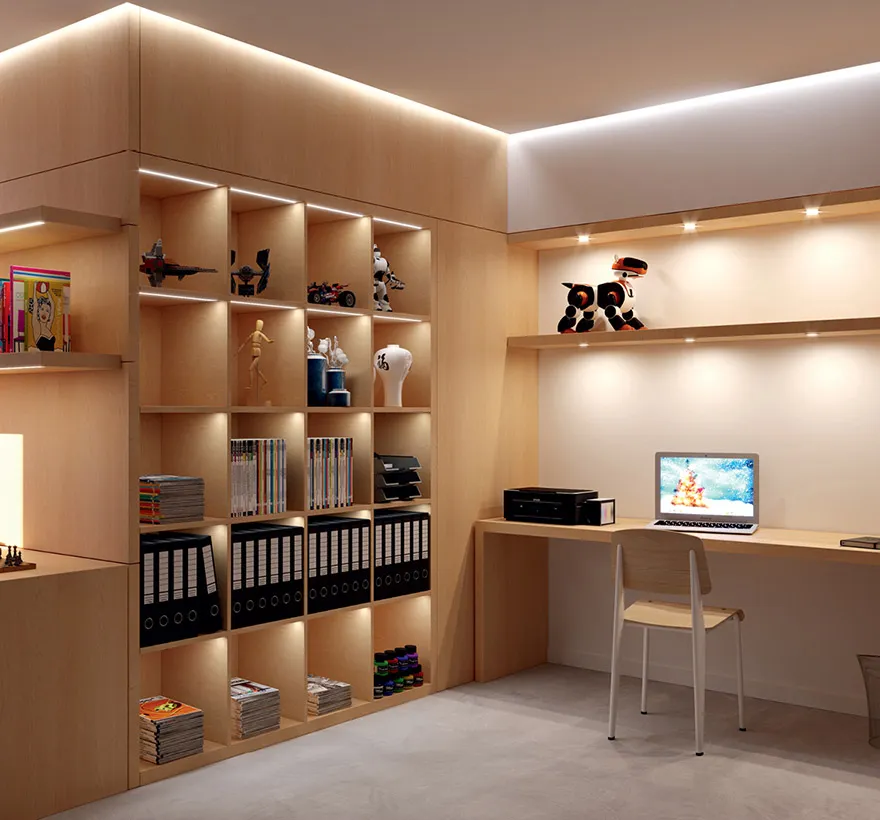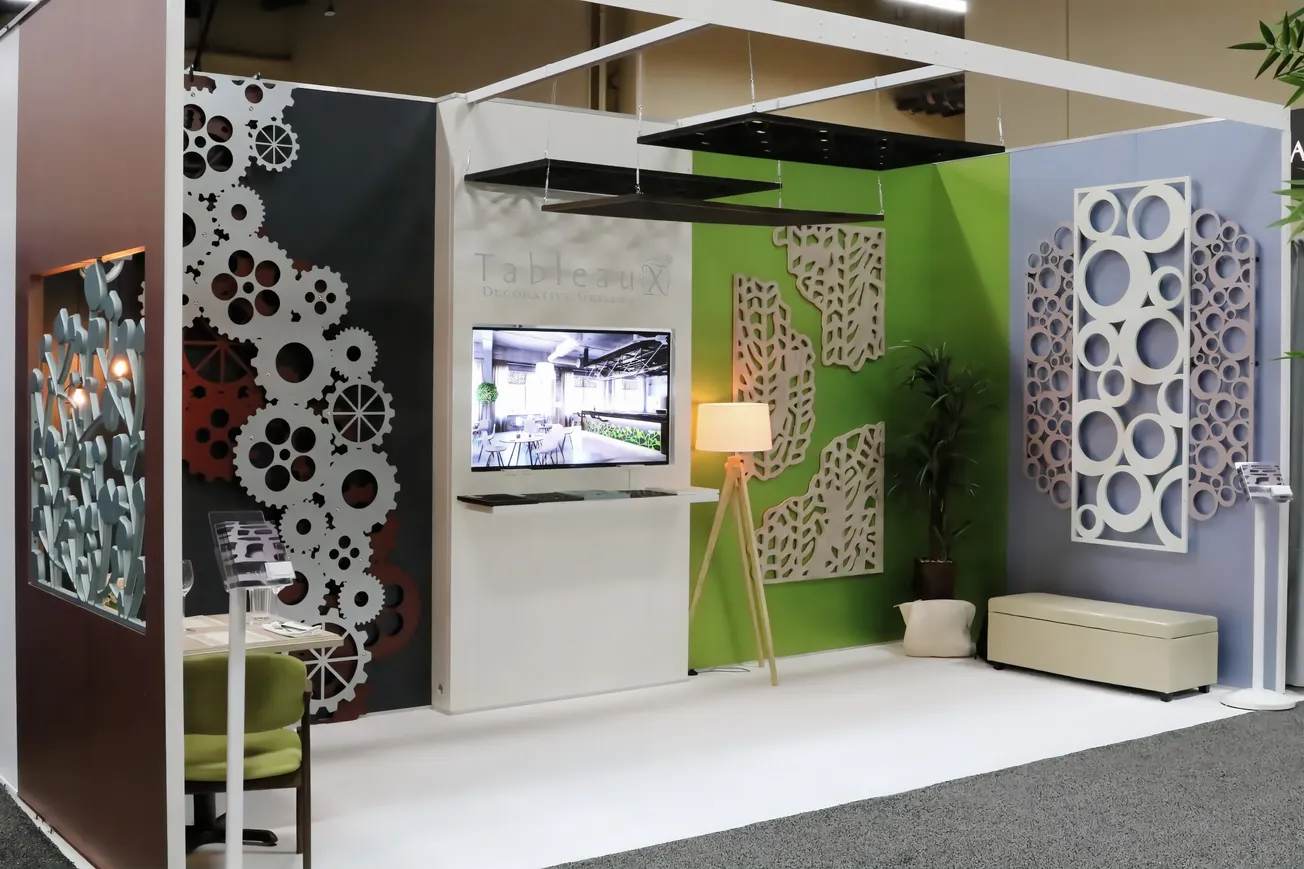Table of Contents
As environmental awareness expanded over the past 20 years, companies across the globe have increasingly pivoted towards more eco-friendly practices, integrating more green materials and energy-efficient processes into their core operations.
And while some materials, including wood and fiberboard, have always been a consistently sustainable resource, experts say the industry needs to do a better job of telling its story. “The idea that there is no more sustainable material on the planet or in the galaxy than wood as a construction material is completely lost, because we have done a terrible, terrible job of communicating that,” says Kenn Busch, founder of MaterialIntelligence.com and ClimatePositiveNOW.org. He also creates Certified Education Unit content for architects and designers and speaks about materials and sustainability to design students and at industry and design events in North America, Europe, Asia and South America.
“Recently, I was working out some messaging with the kitchen cabinet industry and we came up with this idea of what if we said, ‘Look, you can build your next kitchen out of 600 pounds of naturally captured carbon how cool will that be?’ But the thing is, you're already doing that,” says Busch. The average North American kitchen is storing about 600 pounds of carbon in its wood cabinets. And wood naturally captures carbon in the air and stores it within—to the point that 50 percent of dried wood is captured carbon that’s been pulled out of the atmosphere with little or no involvement by humans…it’s just a natural air scrubbing machine.”
“That’s just what nature designed wood to do,” he continues. “It’s a crazy great story that is so powerful but when you just lay it out in cocktail conversation with an architect or designer even some consumers, they're like ‘that just sounds like greenwashing’ or ‘that sounds too good to be true.’ But it is true, and most of us learned that in science class years ago: wood captures CO2 from the atmosphere and releases oxygen.
Evolution of Eco Expectations
Kelsey Spitz-Dietrich, chief commercial officer for the UCS Forest Group of Companies, says they have a good communication strategy to help their customers understand the language and to navigate the opportunities to be more sustainable.
“It starts with a mindset,” she says. “The lumber industry is inherently aware of sustainability and their impact on the environment. Basically, you do well by doing good. If you don’t take care of your forests, you cannot take care of your people and your community…it’s a pretty clear feedback loop.”
And while UCS has been involved in sustainable practices from the beginning, they continue to evolve. “The founder of the company came from that mind space, so that mindset was inherent to the company’s mission,” says Spitz-Dietrich. “It has evolved over the years, starting with paying attention to vendor selection and with whom we partner. And we were one of the first vendors to become FSC-certified.”
The world has become increasingly more complicated with more complex certification processes, she adds, “but we try to ensure that there’s this clear chain of transparency from trade to consumer. It’s constantly evolving, but we are still leveraging partnerships so that we can continue to do better. But we do know some folks in our supply chain who won’t get certified, because they’re actually doing better than the certification, and in their minds, they can’t afford to go through the process ‘just for’ the sticker. And while it’s important to avoid greenwashing, there are some certifications that verify compliance with audits that are worth the hassle.”
In the early days, UCS partnered with companies and organizations to bring green energy into our operations, and now the company is on track to be carbon neutral in 2026, says Spitz-Dietrich. “And that’s something we’ve been working towards and are very excited to see come about. But it’s only one piece of the puzzle. We are trying to pay more attention to other resources, including our impact on water, air and emissions. There’s so much more we can do.”
Durability is also important to sustainable practices, she says, by not having to replace a product every few years. “I’ve been waiting for durability to become relevant,” she laughs. “Now we have the design trend idea of ‘quiet luxury,’ that actually translates to durability. And we have products with a 50-year warranty. Spend a little more now but you have something that lasts.”
In fact, reconciliation and keeping an eye on the future is a key corporate value for UCS. “We are focused on the opportunity of intergenerational value building and long-term ecosystemic stainability — what our world is going to be like for my kids and my grandkids and my great grandchildren. That’s important to us.”
The Business Side of Sustainability
And while this shift towards more sustainable products and processes is a positive thing overall, companies have also discovered it can be good for their bottom line.
Wilsonart has a robust sustainability program, says John Bank, the company’s director of commercial marketing. “It’s become more and more important over time and it just makes sense from a business standpoint,” he says. “Particularly when using recycled materials to make certain products — we are reusing or repurposing materials that were once considered a waste product, but now, we are using it to make new, marketable materials. That just seems like a win-win, because the excess materials that used to be trash and we had to figure out how to get rid of it, now we are actually using that ‘throwaway’ material to make different products.”
Bank says that companies also try to keep up with the rules, regulations and certifications for sustainable products and practices. “Becoming more and more important these days is your EPD, or your Environmental Product Declaration, because it addresses a lot of the greenhouse gases, carbon and more, so it really gives great insight to specifiers in terms of content of that product so they can make informed decisions based upon that.”
Formaldehyde has been a big issue for the panel industry, but Bank says it’s important to know the facts. “Maybe one of these days, our R&D and our tech guys in all their brilliance will come up with a way to eliminate the trace amounts of formaldehyde that are found in HPLs. And we have read articles that say to stay away from high pressure laminate because it contains formaldehyde — but so does an apple, and it's kind of on that level. So while it gets a bad rap, it’s really more of an education situation. Some people are open to that discussion and others just hear the word and they shut down, so that’s been part of our challenge…to make sure that you know we provide accurate and clear information.”



